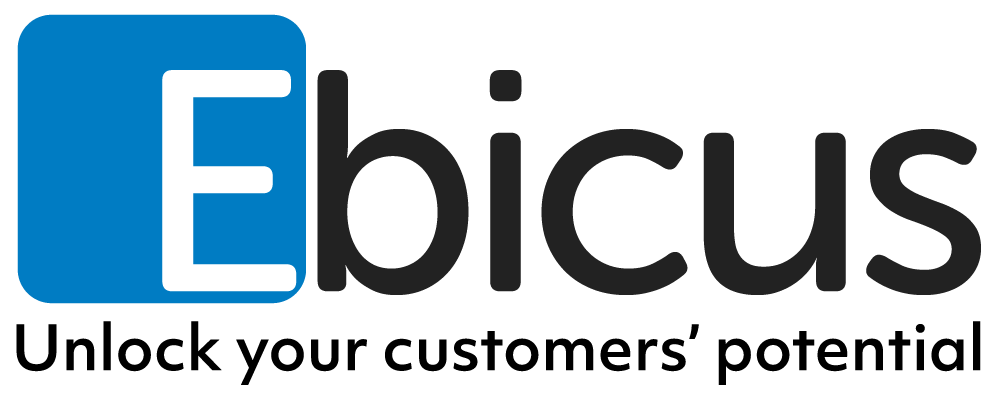Security in Knowledge Advanced
In this blog post I will get into details regarding the possibilities to create a security model in Knowledge Advanced. Every organization will run into the question who is allowed to see which part of the large set of information available. You probably do not want your customers to see all the information an agent has available. If an agent is allowed to offer a customer a maximum of 25% discount it does not mean the customer has to know this. A customer can be very happy when he is offered a 10% discount, although, when this same customer knows he can get a 25% discount and he only gets a 15% discount offered, you will not end up with a customer as happy as in the previous scenario, regardless the fact that you offered a higher discount rate. For the same reasons, you might not want to show all the information a mechanic has access to, to a call centre agent. Imagine the agent instructing a customer how to replace a coil in his microwave based on this information…
To set up those layers of security you first need to think about which dimensions you would like to use. Do you want to split it between internal and external, or do you want to add extra complexity by splitting external into different groups like Bronze, Silver, Gold customers? If you use a partner channel that might raise the need for an additional layer of information which is somewhere between your customer and your internal information.
Another split could be made between various brands you offer. You might not want to display information about brand A in the same search results as information about brand B. The same is true if you sell the same product under different conditions to specific market segments. Think about B2B having different terms and conditions compared to consumers. If the person who is looking for the information does not know which version he is looking at, this might lead to customers having the wrong information.
All those dimensions should be considered in your security design and you need to make sure it is set up correctly before you start to create your articles. Making modifications later on usually requires a lot of manual effort since in most cases conversion software is not able to decide which part of the information belongs to the new security group.
How to translate this into an application design?
Since Oracle Knowledge Advanced has a number of instruments to use when it comes to security you want to make sure you are using the one which is the most suitable. The items which can be used are:
• Views
• Locales
• User Groups
In the following paragraphs each item will be discussed.
Views
Views can be set on article level, and any user which is not linked to that specific view is not able to open the document. Views are hierarchical and both users and articles can be linked to multiple views. Each interface can have one view assigned to it, which results in the situation in which an interface only displays information from one specific view. In the Oracle Knowledge Enterprise views are in general used to represent the organizational structure. This is the same for Knowledge Advanced, however, due to the limitation that an interface can only have a single view this might have some license impact if you have a lot of departments set up because you need a large set of views as well.
Locales
A locale is a combination between a country and a language. en_US for example indicates that documents linked to this locale are in English (en) and applicable for the US market.
Each interface needs a locale to be linked to it. This ensures only articles in one language are displayed on a single interface. Keep in mind this is only a filter and not an enforced security measure. If a user manually updates the URL by changing the answer ID, it is possible to see an article in a different language. Also agents which are set up to have only one locale, still can see articles in a different locale and they need to disable additional locales actively in their search settings so they do not show in their search results when using the agent desktop.
User groups
User groups have to be linked to the SLA items of Oracle Service Cloud. If you have set up Bronze, Silver and Gold as a SLA, you can also use these in the user group setup and as such making a split in what information is available to which group of customers. Where views can only be set on article level, user groups can be set on an attribute level. Knowledge workers can decide if information in a specific attribute should be available to a specific user group. User groups can be set on article level as well, and even specific paragraphs in an attribute can be restricted to a user group.
If you need assistance in the setup of a security model or you would like to have your security model validated, don’t hesitate to get in touch with us!
[ps2id id=’commentaren’/]
LEES OOK: 8 REASONS TO UPGRADE KNOWLEDGE FOUNDATION TO KNOWLEDGE ADVANCED
Veel klanten vragen of ze hun huidige Foundation omgeving moeten upgraden naar Knowledge Advanced. Paul geeft acht redenen waarom je dat zou moeten doen.
Lees hier waarom
[ps2id id=’commentaren’ target=”/]
“Oracle Service Cloud helpt je met het professionaliseren en optimaliseren van je serviceprocessen. Als één van de meest vooruitstrevende Service-oplossing ter wereld, worden alle mogelijke kanalen ondersteund. Zo integreert het je contact center, je web selfservice, je social media kanalen en je field service processen.”
Stay updated
Wij willen je graag op de hoogte houden van het nieuws rondom onze diensten die jou interesseren. Het enige wat je daar voor dient achter te laten zijn jouw mailadres en je voornaam. Vanaf dat moment zullen we je van tijd tot tijd een Ebicus update sturen.

